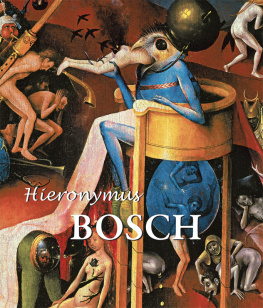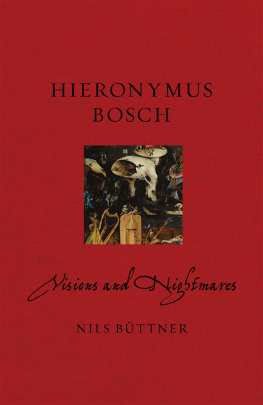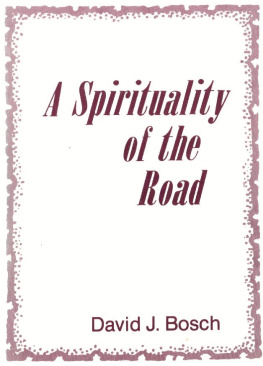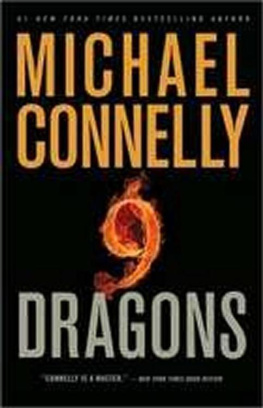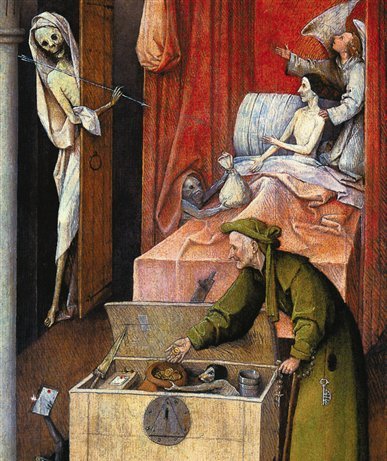Baseline Co. Ltd
All rights reserved.
No part of this publication may be reproduced or adapted without the permission of the copyright holder, throughout the world. Unless otherwise specified, copyright on the works reproduced lies with the respective photographers, artists, heirs or estates. Despite intensive research, it has not always been possible to establish copyright ownership. Where this is the case, we would appreciate notification.
Oil on panel, 93 x cm .
National Gallery of Art, Washington, D.C.
Introduction
At the approach of the year 1000 CE, people believed that the Judgement predicted by Christ to occur at the millennium was imminent. When it did not come in 1000, or near that time, the chronicler and Cluniac monk, Raul Glaber, wrote:
There occurred, throughout the world, especially in Italy and Gaul, a rebuilding of church basilicas. Notwithstanding, the greater number were already well established and not in the least in need, nevertheless, each Christian group strove against the others to erect nobler ones. It was as if the whole earth, having cast off the old by shaking itself, were clothing itself everywhere in the white robe of the church.
The solemn projections of the end of the world reached their most modernised climax in 1997, when 39 members of a computer-related cult followed their leader, Marshall Herff Applewhite, in a suicide contract to beam themselves up to a spaceship presumably trailing in the wake of the Hale-Bopp Comet that was plunging through the heavens that year.
An essayist in The New Yorker commented on their fantastically flawed mission: Though science is stronger today than when Galileo knelt before the Inquisition, it remains a minority habit of mind, and its future is very much in doubt. Blind belief rules the millennial universe, dark and rangy as space itself (14/04/1997, 32).
Seeming to reinforce the presumptions from the New York Academy of Sciences conference were references that abounded in the national media reflecting increased interest in astrology, psychic phenomena, and magic as well as the related fields of Satanism and witchcraft.
An article on witchcraft ( New York Times , 31/10/1998) centred around a group of Wiccans (the modern name of so-called witches, derived from a neo-pagan, pseudo religious group called Wicca ) operating in Salem, Massachusetts. That city, site of the 17 th -century witches trials, was said to have become a centre of tolerance for alternative spirituality , including New Age beliefs and contemporary witchcraft groups such as the Temple of Nine Wells and the Witches League for Public Awareness:
Claiming that theirs is a peaceful, nature-oriented religion, quite unlike early devil-worshipping societies, the Wiccans have organised educationally, even politically, to correct misapprehensions about witches and their modern motivations.
A tabloid article quoted from a list of the world s top Bible scholars who predicted the imminent end of the world and the coming Apocalypse, which it inferred, would be at the end of the millennium ( Weekly World News , 14/05/1996).

The Magician , 1475-1480.
Oil on panel, 53 x cm .
Muse municipal, Saint-Germain-en-Laye.
It cited ancient prophecies from Revelations and more recent ones from, among others, the 16 th -century prophet Nostradamus about dire natural events to occur at the end of our millennium that seemed to accord with El Nio s deviant climatic disorders in 1998.
The fact that these events were not as baleful as predicted made the turning of the millennium seem almost anticlimactic until 9/11 , that is, which many saw as the USA s Armageddon. Similar predictions and oddities had occurred in the decade leading up to the half-millennium of 1500. As if their predecessors of the first 1000 years had been mistaken about when the Judgement would come, contemporary thinkers expected it to appear without fail in the year 1500. Art historian Charles Cuttler summed up the emotional atmosphere of the time:
It was a time of pestilence and turbulence, of economic, social, and religious unrest; an age which believed in chiliasm, Antichrist, apocalyptic visions; in witchcraft, alchemy, and astrology. It was also a period of extreme pessimism, the natural outcome of a belief in demons fostered by the Church itself. (Cuttler, 1957)
As always, artists were present to give voice and imagery to what otherwise would have seemed unimaginable. Northern poets, known (such as Franois Villon) and anonymous, as well as sculptors of Romanesque tympana and capitals, had graphically displayed their versions of the terrors to come at the end of the world. Later, in the proto-Renaissance period, Gothic revivalist painters depicted these anomalies in their altarpieces. Possibly the most vivid and detailed were those of the Hollander Hieronymus Bosch, which shall be the subject of this book.
A 17 th -century English ambassador to Holland expounded on the virtues of painting compared to sculpture, by saying: An excellent piece of painting is, to my judgement, the more admirable object because it is a near Artificiall Miracle [ sic ] (Fuchs, 1978). The historian who quoted this statement repeated the term Artificiall Miracle several times to refer to the Dutch penchant for the meticulous rendering of things observed .
The term could also accommodate the whole spectrum of Dutch art from Jan van Eyck to Jan Dibbets for its relevance to the astringent yet probing combination of subject and essence that is peculiarly Dutch. In this sense, the term might even apply to such seemingly disparate artists as Hieronymus Bosch and Piet Mondrian. One artist made real the unreal and the other made unreal the real, but they pursued their uncommon aims through lovingly treated surfaces that survived them as Artificiall Miracle[s] .
I think Bosch and Mondrian were linked in other important ways. As Nordic artists, they belonged to a group that has never been content with the mere reproduction of an object , as art historian Oskar Hagen put it. Both of these artists lived in a century of millennial consciousness and both responded to this consciousness in their work.
A case could be made that Mondrian was a millennial artist of our era. At a great distance from Bosch in time, circumstance, and ideology, Mondrian presented a vision of what the modern world could be, if we looked towards harmony rather than tragedy, which he saw not only in war but in cultural manifestations that had become mired in particulars rather than essentials.
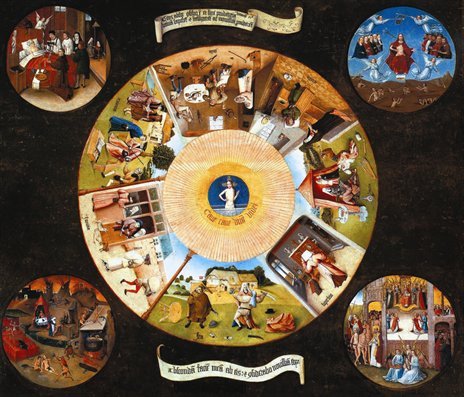

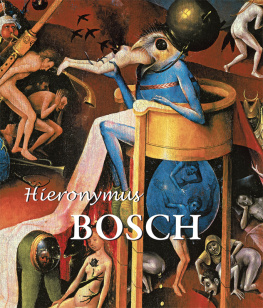
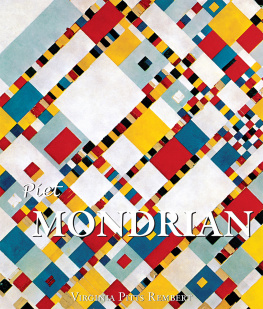
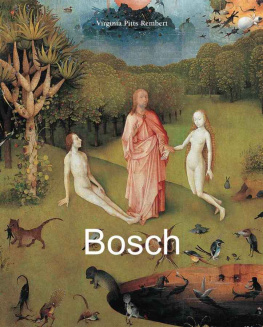
![Majkl Konnelli - The Night Fire [Harry Bosch - 22]](/uploads/posts/book/873181/thumbs/majkl-konnelli-the-night-fire-harry-bosch-22.jpg)


